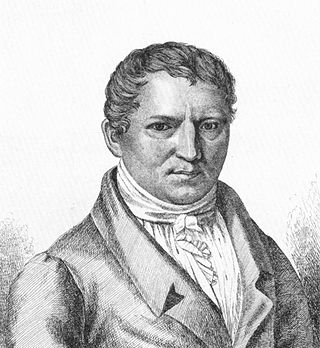
Karl Friedrich Eichhorn was a German jurist.

Johann Jakob Grynaeus or Gryner was a Swiss Protestant divine.

Carl Joseph Begas, or Karl Begas, was a German painter who played an important role in the transition from Romanticism to Realism. He was the first in a multi-generational "dynasty" of artists.

Jakob Andreae was a significant German Lutheran theologian and Protestant Reformer involved in the drafting of major documents.

ArchduchessMaria Elisabeth of Austria, was the governor of the Austrian Netherlands between 1725 and 1741.
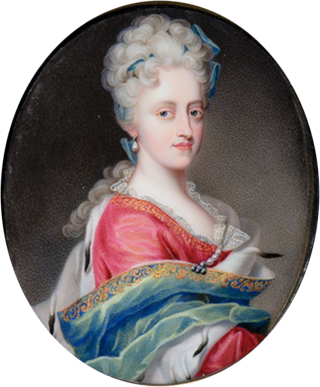
Maria Magdalena of Austria was a governor of Tyrol and daughter of Leopold I, Holy Roman Emperor and his third wife Eleonor Magdalene of the Palatinate-Neuburg. She died unmarried.
Felix Liebrecht was a German folklorist.

Christian Gottlieb Jöcher was a German academic, librarian and lexicographer.
Ernst Friedrich Apelt was a German philosopher and entrepreneur.
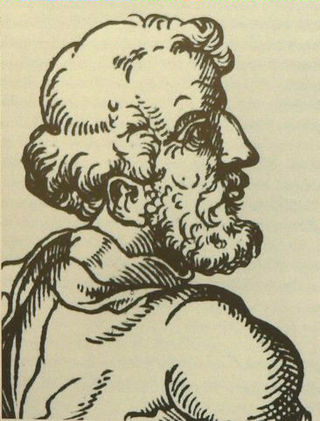
Jacob Micyllus, was a German Renaissance humanist and teacher, who conducted the city's Latin school in Frankfurt and held a chair at the University of Heidelberg, during times of great cultural stress in Germany.
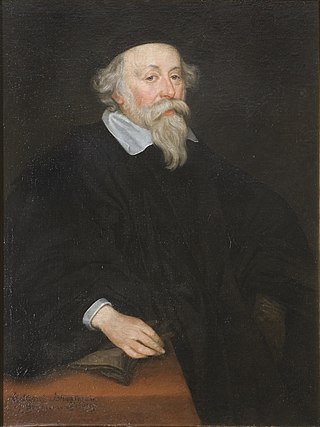
John Casimir, Count Palatine of Zweibrücken-Kleeburg was the son of John I, Count Palatine of Zweibrücken and his wife, Duchess Magdalene of Jülich-Cleves-Berg. He was married to Catherine of Sweden and was the founder of a branch of Wittelsbach Counts Palatine often called the Swedish line, because it gave rise to three subsequent kings of Sweden, but more commonly known as the Kleeburg line.

Leopold Friedrich Günther von Goeckingk, also Göckingk was a Saxon-Prussian lyric poet, journalist, and royal Prussian official.

Johann Jakob Blumer was a Swiss statesman.
Gottlob Friedrich Walter Agathon Wunderlich was a German jurist and a member of the Oberappellationsgericht der vier Freien Städte.

Alexander Friedrich Wilhelm Duncker was a German publisher and bookseller.
Franz Michael Leuchsenring was a German writer of the German Enlightenment.
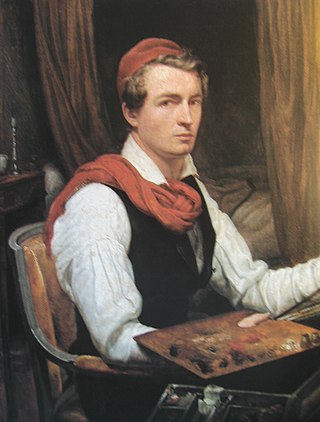
Friedrich Heinrich Ludwig Krevel, known as Louis Krevel was a German portrait painter of the Biedermeier period.

Johann Jacob Hess was a Protestant Swiss theologian and clergyman.

Jacob Wilhelm Mechau (1745-1808) was a German landscape painter, graphic artist and etcher. His style was part of the transition from Classicism to Romanticism.
















